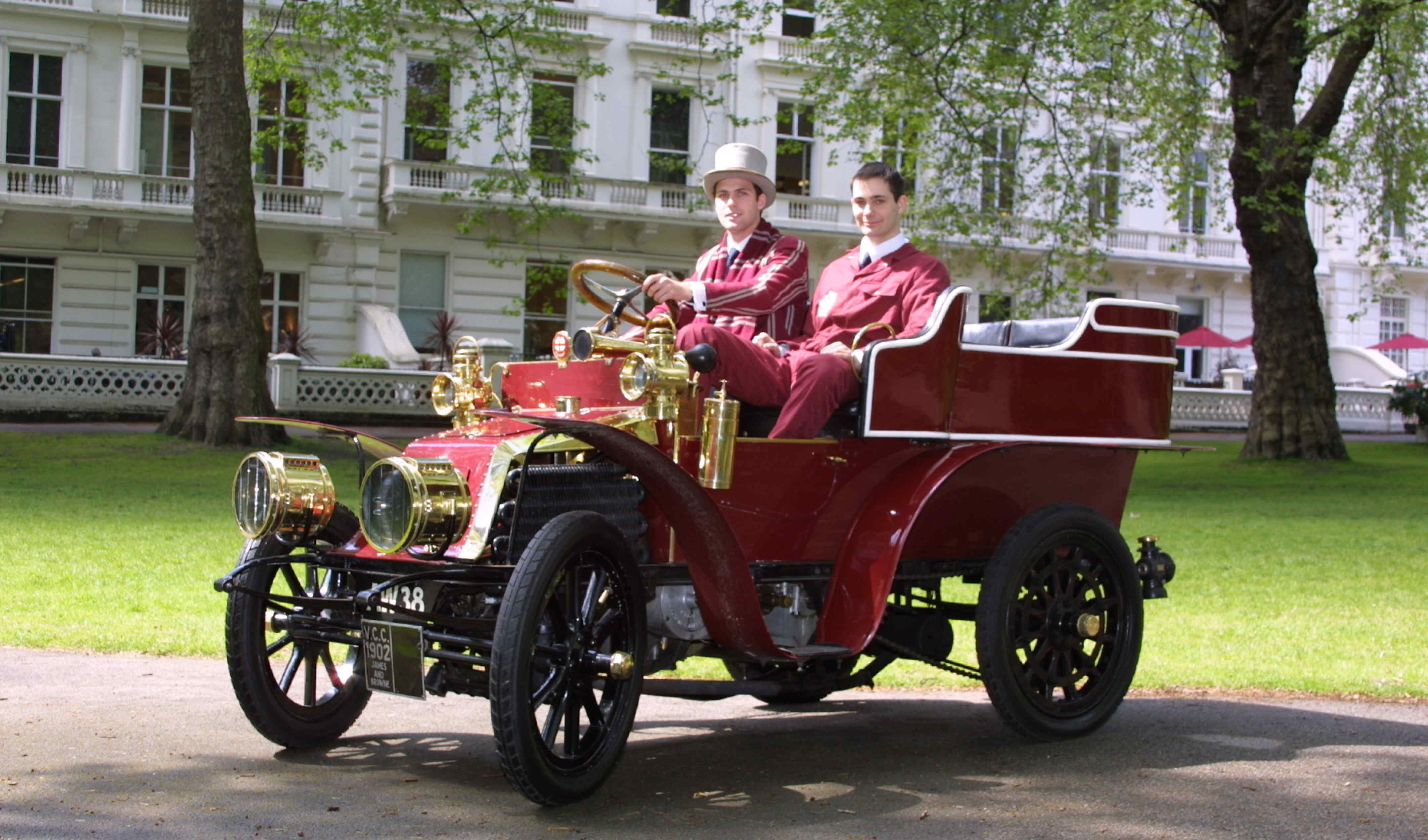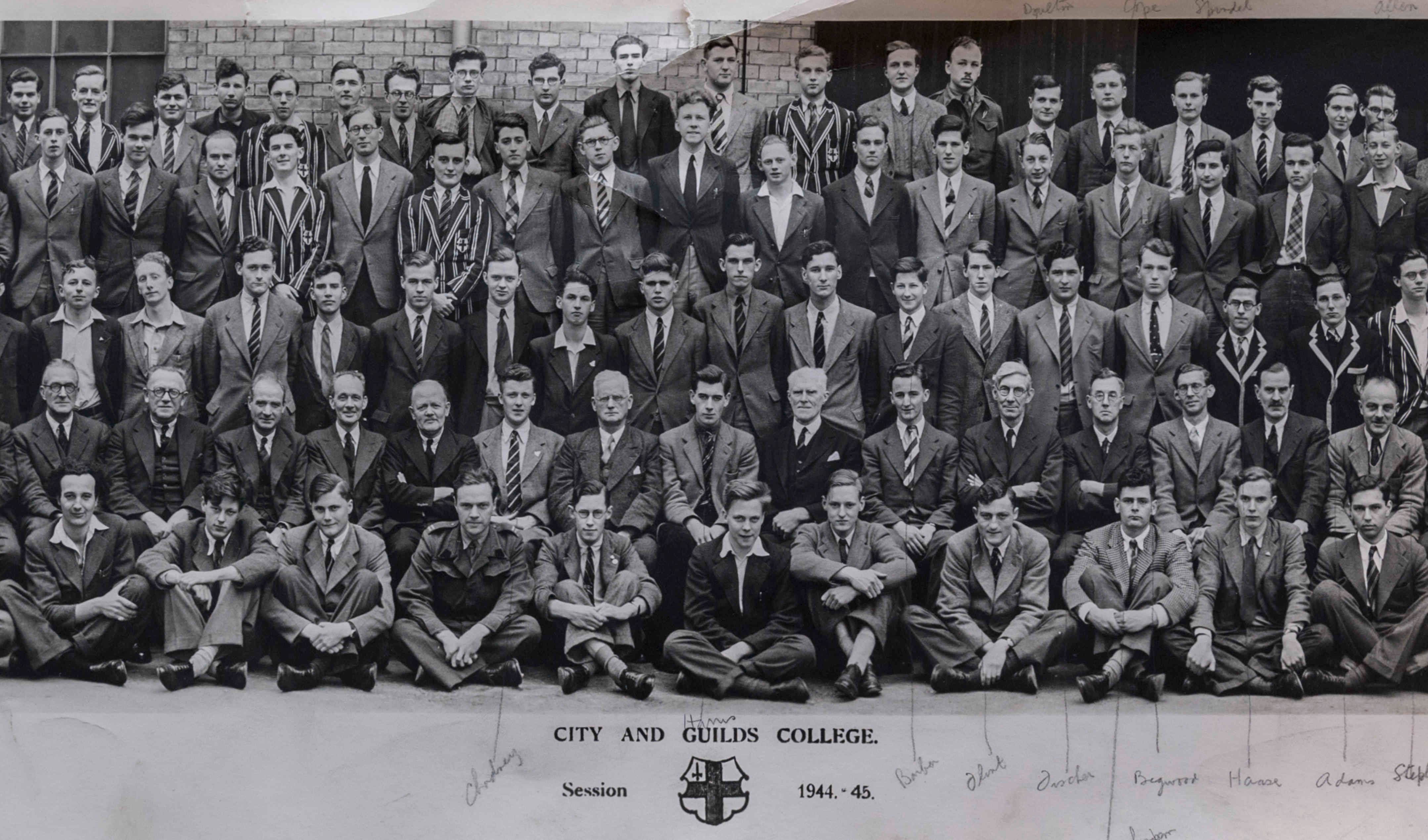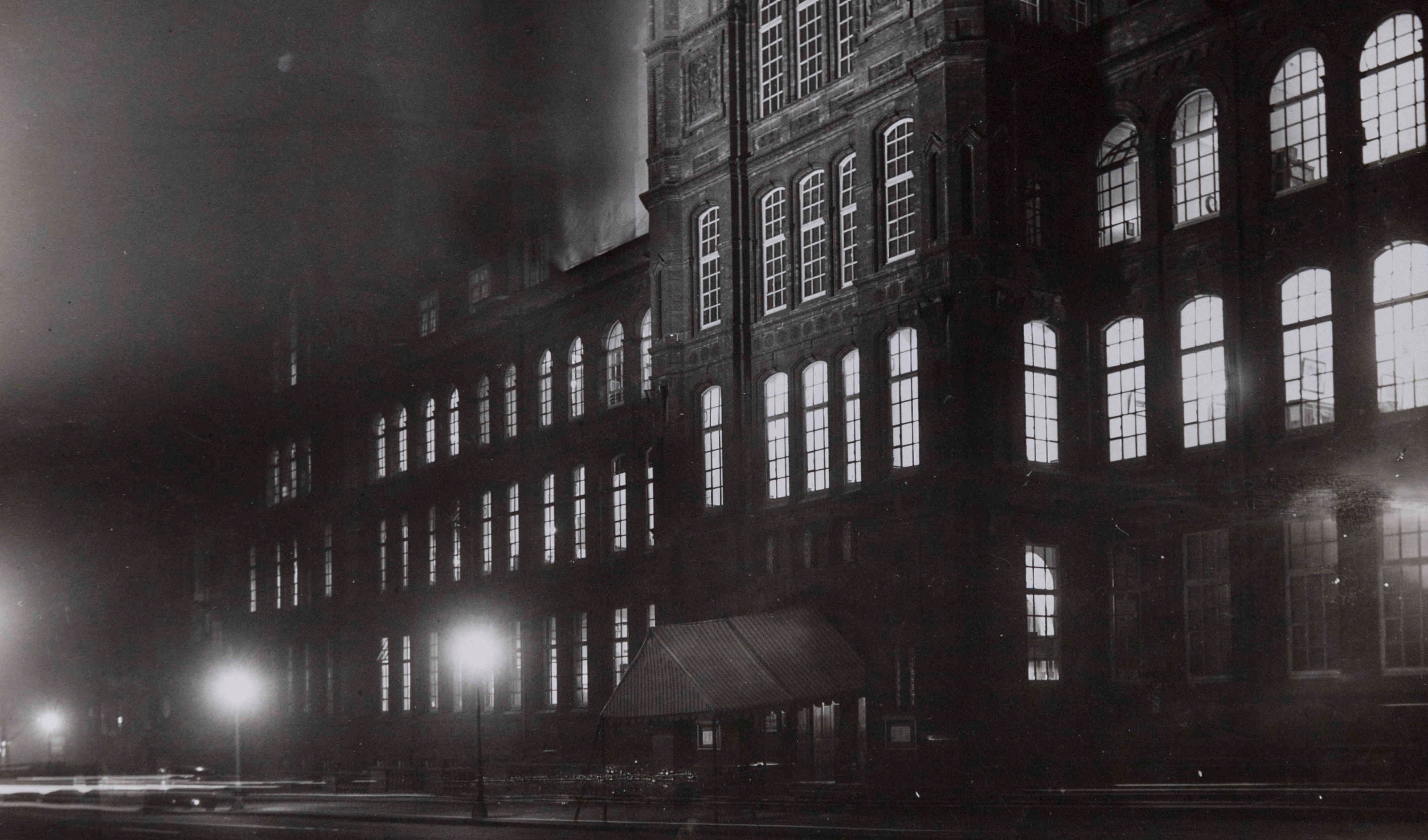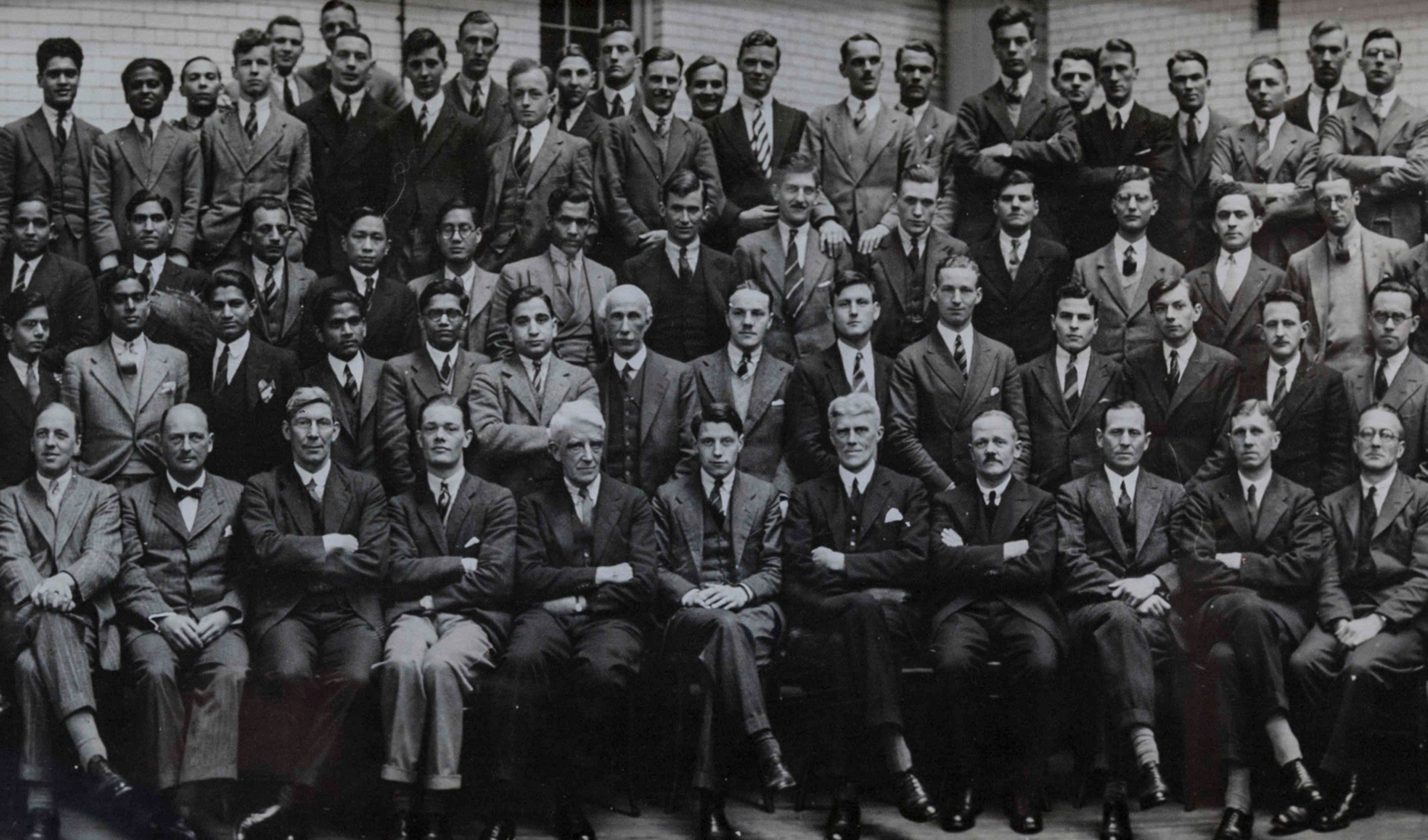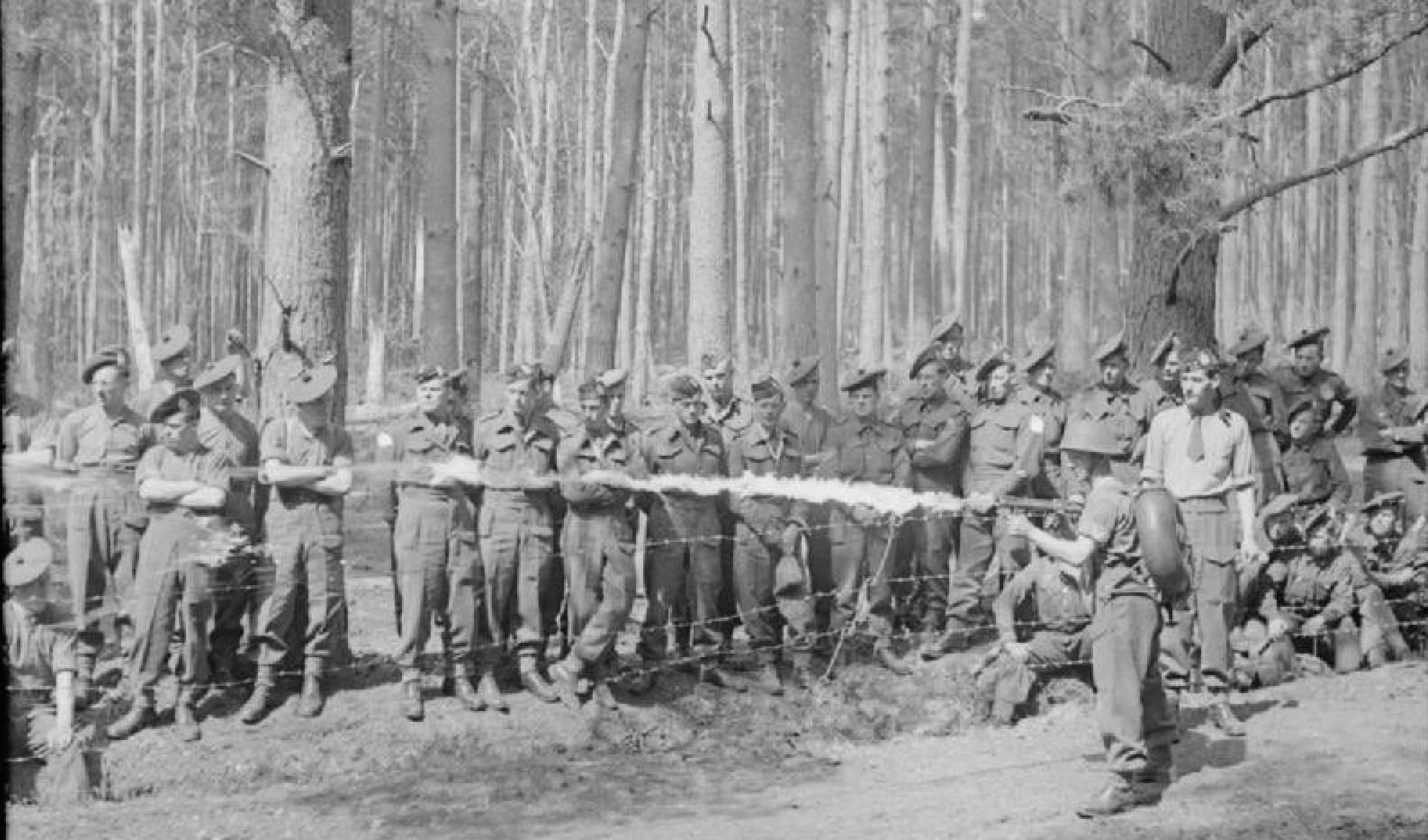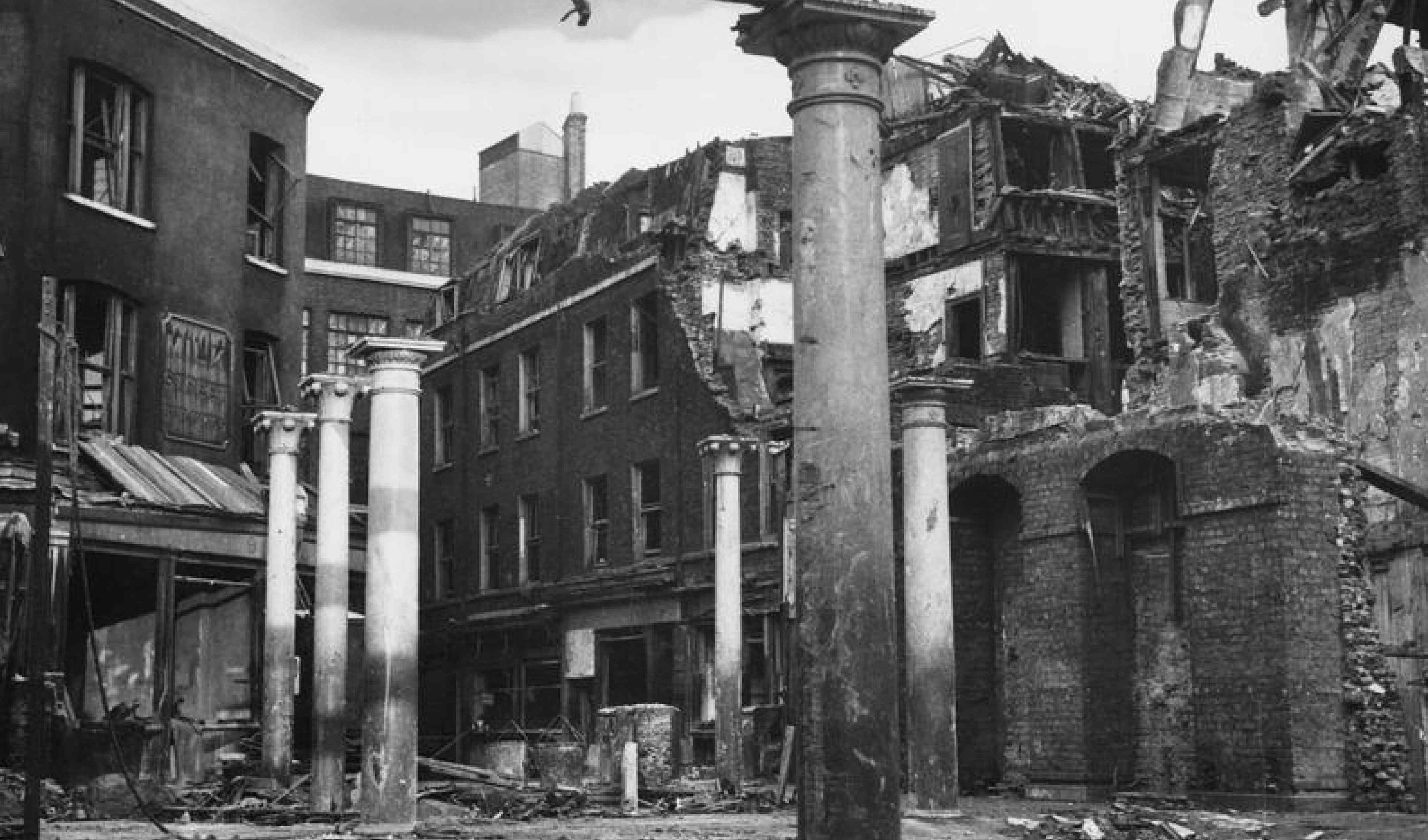1931-1946
Head of Department: Cecil Lander, Head of Mechanical Engineering 1931-1946
Teaching
Engineering students (except Chemical Engineering) all still studied a joint first year together. This first year included Applied Mathematics, Physics, Chemistry and Engineering Drawing. Despite constant night alerts for air raids, union activities and sports clubs took place as usual during World War II. The original Boanerges was replaced in 1934 by a 1902 James & Browne, named Boanerges II, which was eligible for the London-Brighton Veteran Car Run and is alleged to be one of two of its type left in the world.
In 1935, to celebrate the fiftieth anniversary of the beginning of active teaching work at the College, a jubilee open day was held in which visitors enjoyed experimental demonstrations of the wind tunnel, lathes, X-ray tube cooling and furnace gas measurements. Alumni gave lectures on their work, including structural welding, the Sydney Harbour Bridge, and the new invention of television.
Research
During this time, Imperial became pre-eminent in Combustion and Heat Transfer, with pioneering work done by Owen Saunders and Margaret Fishenden. This research contributed to wartime studies into aircraft gas turbines, flame-throwers and airfield gas-burners. Flame-thrower research was conducted in the backyard behind the building, described as “decidedly hazardous, especially on windy days”3. During the war the College hosted the Engineering faculty from the University of Warsaw, and workshops were again requisitioned for weapon production.
Meanwhile, in London...
Wartime student Pieter Grootenhuis, who went on to become a Professor of Vibration Engineering, described “a close escape” on Exhibition Road when a V1 flying bomb hit; the damage to the façade of the Victoria & Albert Museum is still visible. Final year students kept up the tradition of hosting staff to a farewell dinner in Holborn, the student chair’s speech only slightly interrupted by a major explosion on the street outside. Students could find their way around the London Underground using the now familiar stylised Beck map, first printed in 1933.
Photo credits:
THE LONDON BLITZ, 1940. 1940s Cecil Beaton print of bomb damage to HMV (His Master's Voice) Gramophone Shop, Oxford Street, London, [Public domain], via Wikimedia Commons
The Lifebuoy man-portable flamethrower being demonstrated to men of 1st Battalion, King's Own Scottish Borderers, Denmead, Hampshire, 29 April 1944. By War Office official photographer, Wooldridge (Sgt) [Public domain], via Wikimedia Commons
Photo of Boanerges & team by Neville Miles
All other photos from the Imperial College London archives



